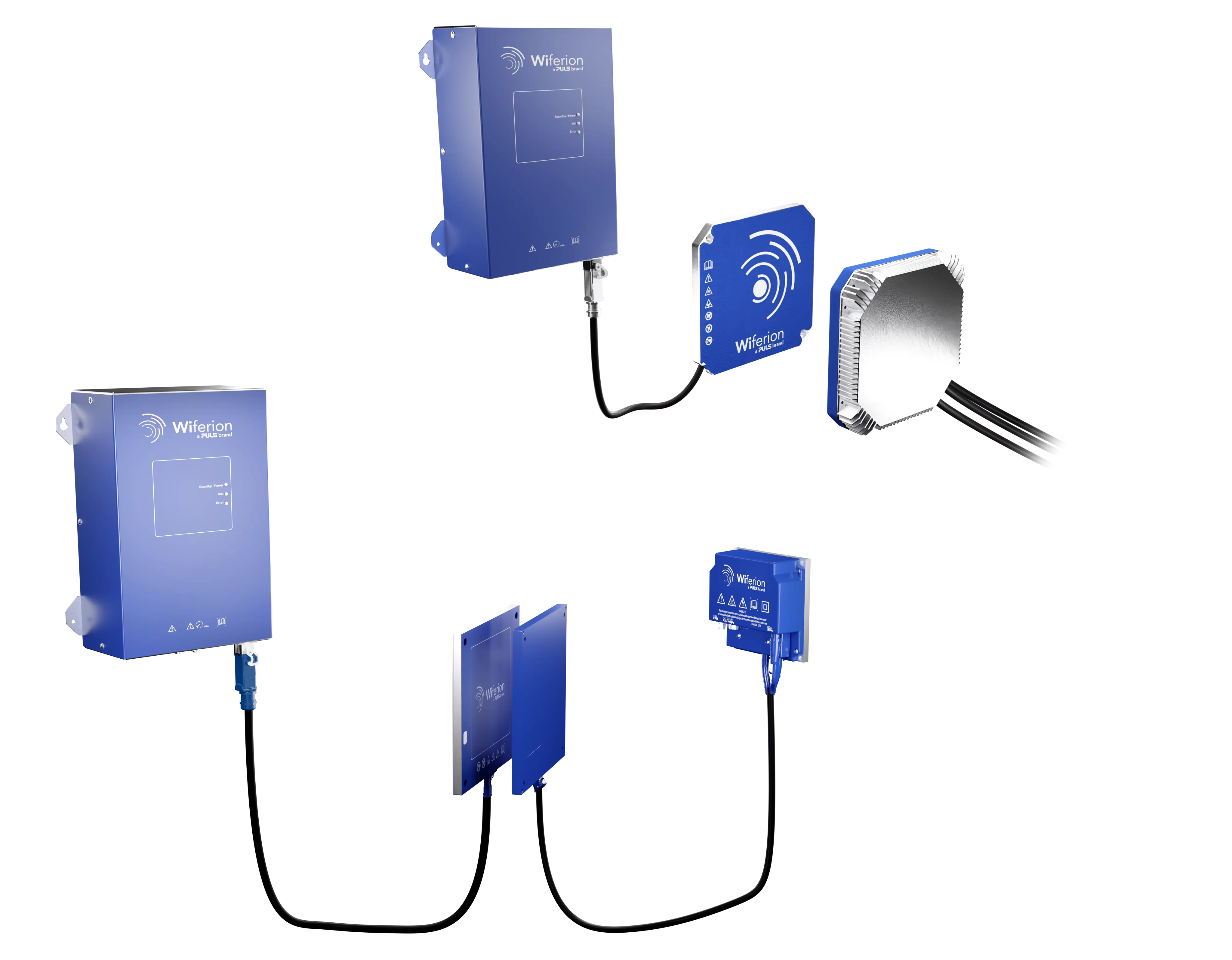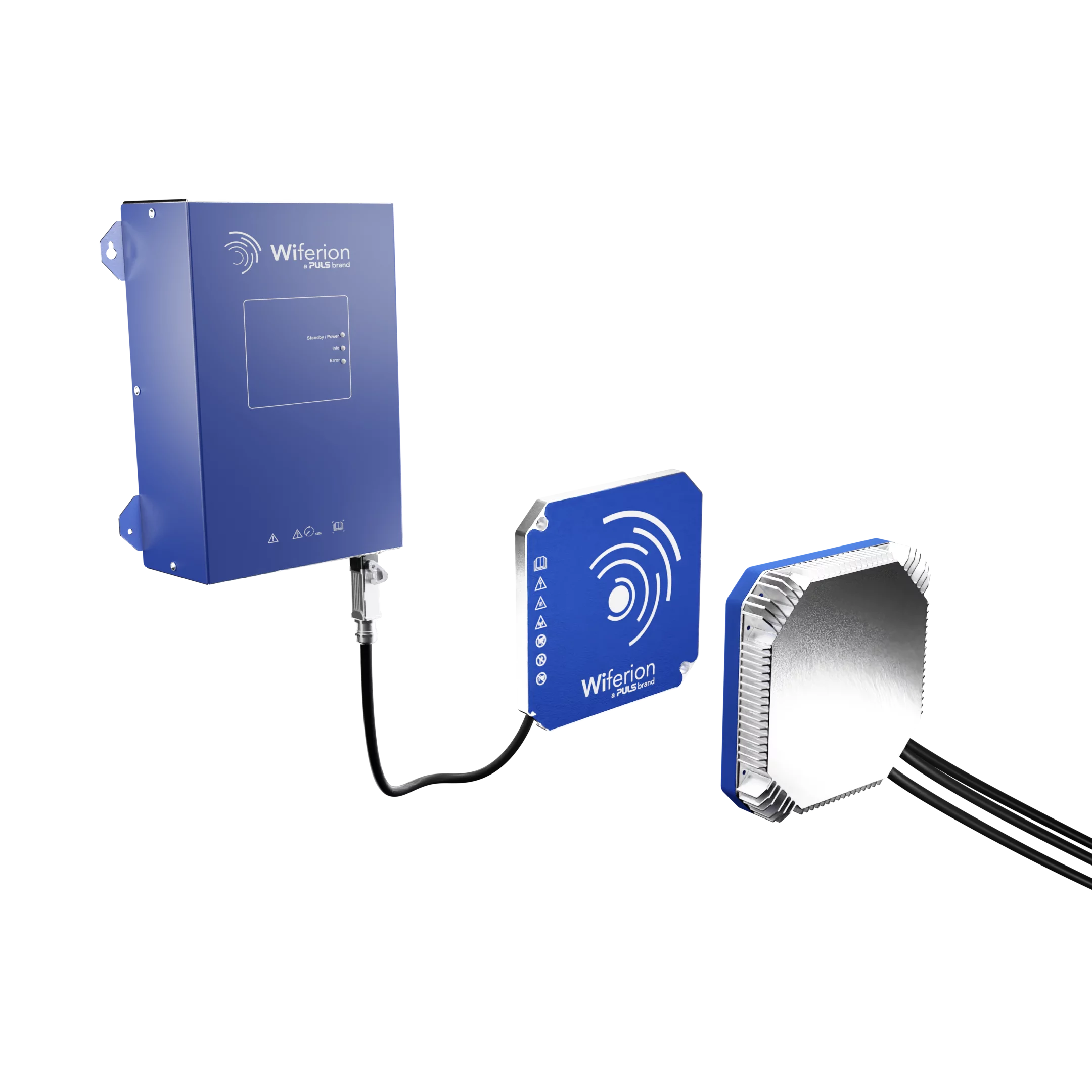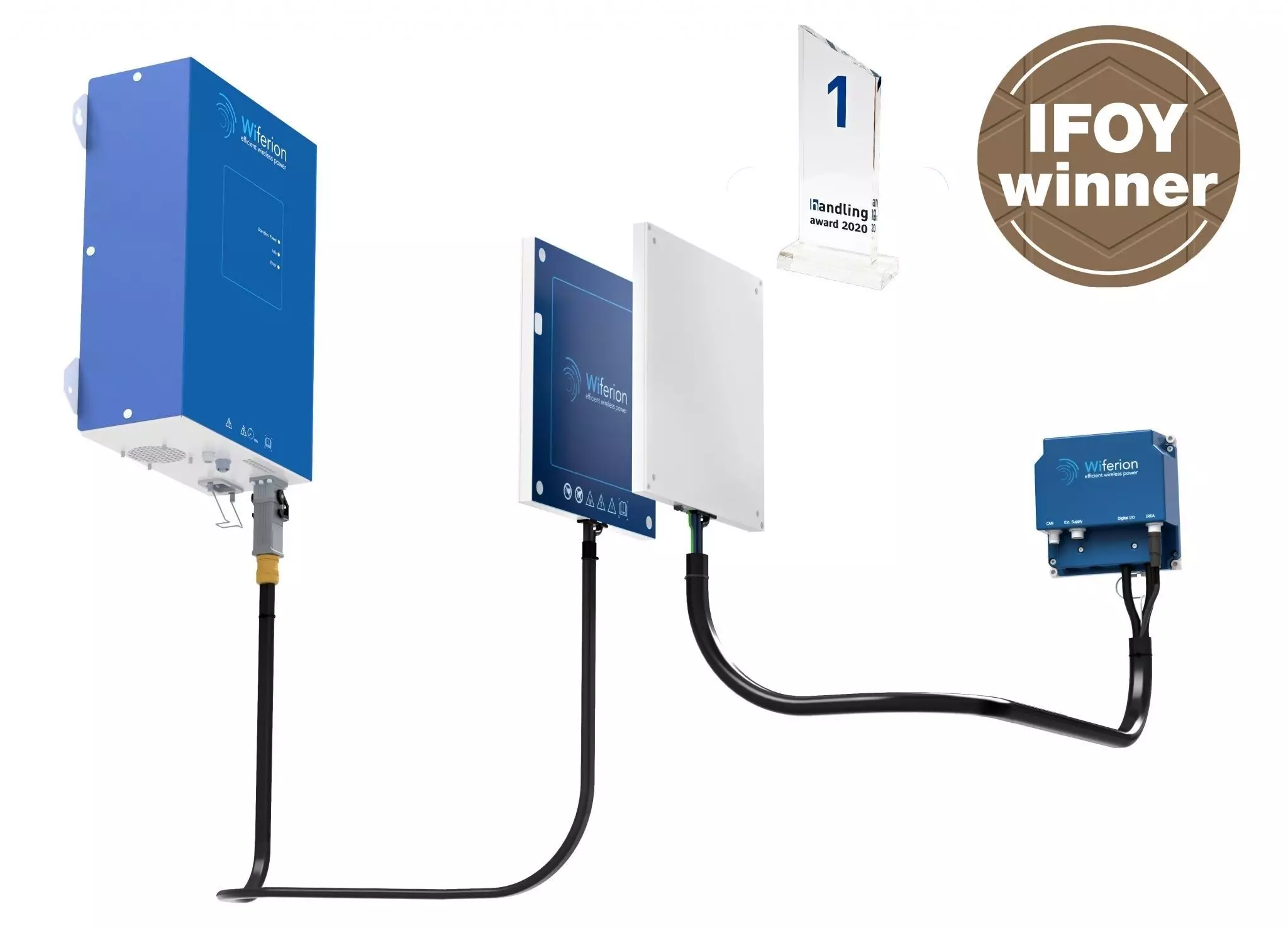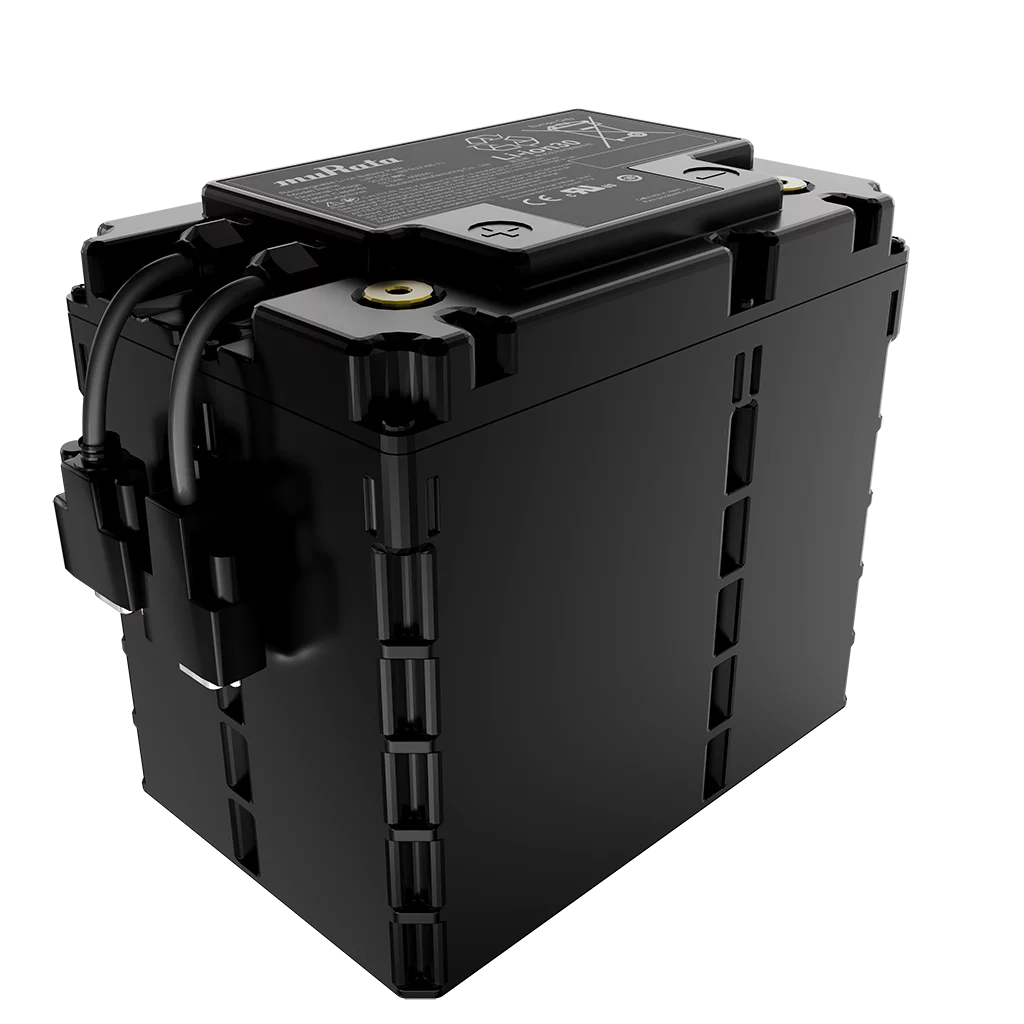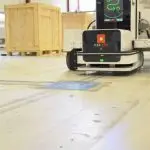Supercapacitors charging – charging methods comparsion
In the world of ever-evolving technology, the demand for efficient and reliable energy storage solutions is constantly growing. Supercapacitors, also known as ultracapacitors, are emerging as a promising alternative to traditional batteries. Their high power density, quick charging capabilities, and long lifespan make them a popular choice for various applications. But what’s the best way to charge these energy storage devices? In this article, we’ll delve into the various charging methods for supercapacitors and explore why wireless charging is the superior option.
What are Supercapacitors?
Supercapacitors are advanced energy storage devices that bridge the gap between conventional capacitors and batteries. They store energy through electrostatic charges, enabling them to charge and discharge rapidly. They offer several advantages over traditional batteries, including a high power density, long cycle life, and an excellent ability to work under extreme temperatures.
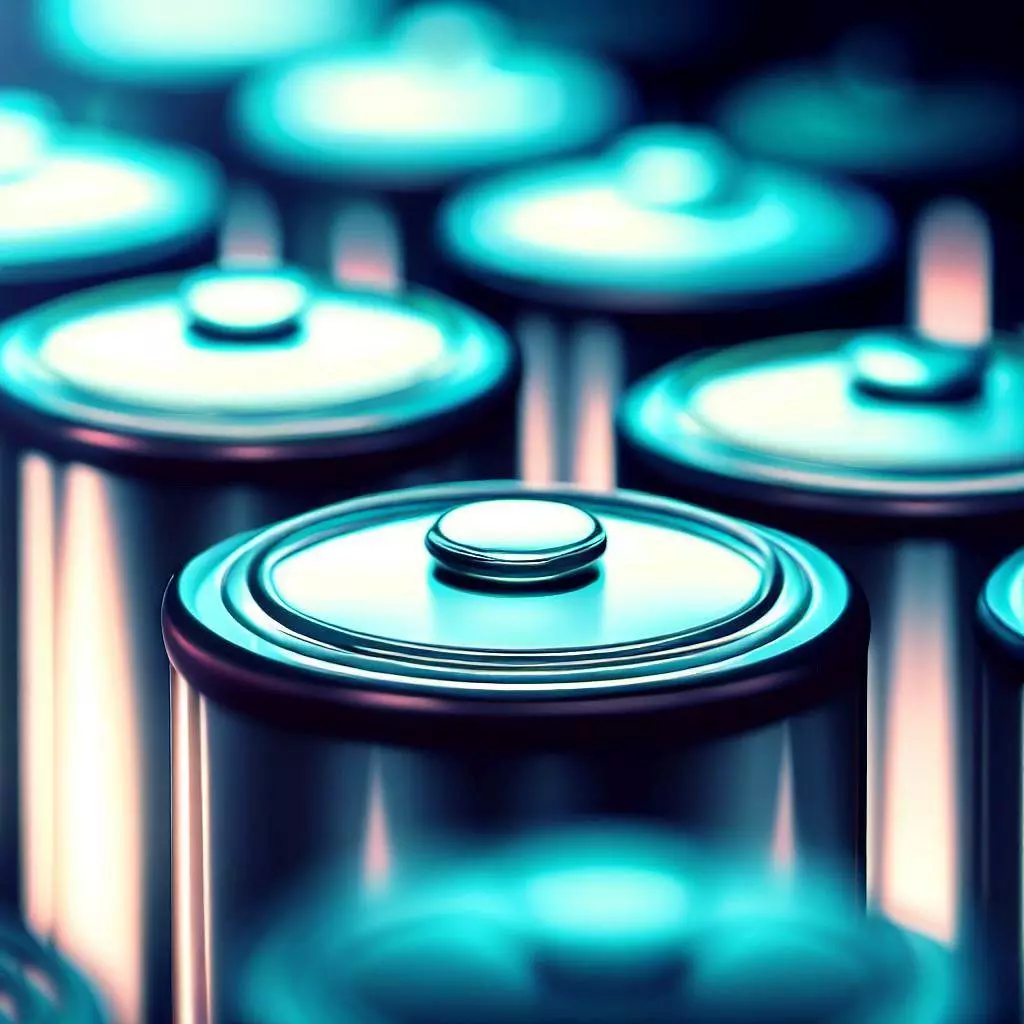
Applications of Supercapacitors
Supercapacitors, also known as ultracapacitors, have numerous potential applications in the fields of logistics and intralogistics due to their unique properties, such as high power density, rapid charging and discharging capabilities, and long cycle life. Here are some examples of their applications in these fields:

-
Electric vehicles (EVs) for material handling
Supercapacitors can be used in electric forklifts, pallet trucks, and automated guided vehicles (AGVs) to provide high power for short bursts, making them more energy-efficient and extending their operating time.
-
Energy storage for renewable energy systems
Solar panels and wind turbines can be integrated with supercapacitors in logistics facilities to store excess energy for later use, reducing reliance on grid power and lowering energy costs.
-
Power backup for automated storage and retrieval systems (AS/RS)
Supercapacitors can serve as a reliable backup power source for AS/RS, ensuring continuous operation during power outages or fluctuations.
-
Peak shaving and load leveling
In logistics centers with high power demand, supercapacitors can be used to store energy during periods of low demand and release it during peak demand, reducing the strain on the grid and avoiding high electricity costs.
-
Regenerative braking systems
In electric vehicles used for transportation or material handling, supercapacitors can store the energy generated during braking and use it for acceleration, improving energy efficiency.
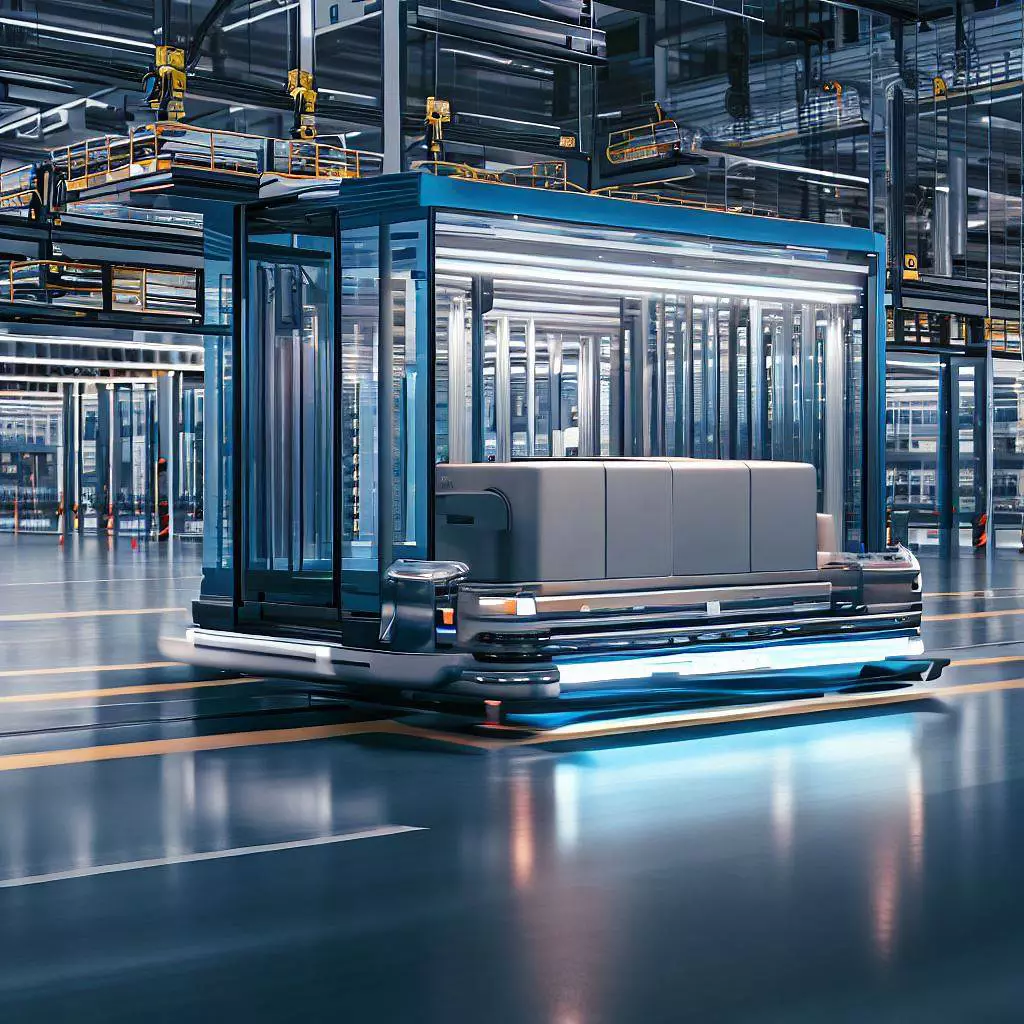
-
Wireless sensor networks
Supercapacitors can power wireless sensors used for monitoring temperature, humidity, and other environmental conditions in logistics facilities, reducing the need for frequent battery replacement.
-
Uninterruptible power supply (UPS) systems
Supercapacitors can be integrated into UPS systems to provide short-term power during power outages, ensuring the continuous operation of critical systems in logistics and intralogistics facilities.
-
Fast-charging stations
Supercapacitors can be used in fast-charging stations for electric vehicles, enabling rapid charging for EVs used in logistics operations, reducing downtime and increasing efficiency.
-
Autonomous mobile robots (AMRs)
Supercapacitors can provide quick bursts of power for AMRs, allowing them to perform tasks more efficiently and enabling faster battery charging.
-
Smart-grid integration
Supercapacitors can be used in smart-grid systems to store energy and stabilize the grid, allowing for better integration of renewable energy sources and improved energy management in logistics and intralogistics facilities.
Charging Techniques of Supercaps
There are several techniques used to charge supercapacitors, each with its advantages and disadvantages. The most common methods are:
Constant Current Charging
In this method, a constant current is applied to the supercapacitor throughout the charging process. This technique is simple to implement and allows for rapid charging, but it may result in overcharging if not carefully monitored.
Constant Voltage Charging
Constant voltage charging involves applying a fixed voltage to the supercapacitor while allowing the charging current to decrease as the device charges. This method helps prevent overcharging, but the charging time may be longer compared to constant current charging.
Pulse Charging
Pulse charging is a technique where the charging current is applied in pulses rather than continuously. This method can help reduce heat generation and improve charging efficiency, but it may be more complex to implement.

Factors Affecting Charging Ultracapacitors
Several factors can affect the charging process of supercapacitors, including:

Temperature
Temperature can impact the performance and charging efficiency of supercapacitors. High temperatures can increase the charging rate, but they may also cause a decrease in the overall lifespan of the device.
Voltage
The applied voltage during charging can affect the charging time and efficiency of a supercapacitor. Higher voltages may lead to faster charging, but they can also cause overcharging and damage the device if not carefully controlled.
Current
The charging current plays a significant role in the charging process of supercapacitors. Higher charging currents can result in faster charging times but may also generate more heat and reduce the overall efficiency.
Safety Precautions
When charging supercapacitors, it is essential to follow safety precautions to prevent overcharging, overheating, and other potential hazards. Some safety measures include using appropriate charging methods, monitoring the charging process, and ensuring proper temperature control.
Charging Methods for Supercapacitors
Wired Charging
Wired charging is the most traditional method of charging supercapacitors. It involves connecting the supercapacitor to a power source using cables and connectors. While wired charging is reliable, it has some downsides, such as the need for physical connections and potential wear and tear on connectors.
Wireless Charging
Wireless charging eliminates the need for physical connectors, relying instead on electromagnetic fields to transfer energy between two coils – one in the power source and the other in the supercapacitor. This method offers several advantages, such as convenience, reduced wear and tear, and improved safety.
Contact Charging
Contact charging is another charging method where a supercapacitor is charged by making direct contact with a charging surface. This method is less common than wired and wireless charging and has its limitations, such as the need for precise alignment and potential wear on the contact surfaces.
Comparison of Charging Methods
When comparing the three charging methods, wireless charging stands out for its convenience, safety, and efficiency. Wired charging requires physical connections, which can lead to wear and tear on connectors, while contact charging has alignment and wear issues of its own. Wireless charging eliminates these concerns while still providing a reliable and efficient charging solution.
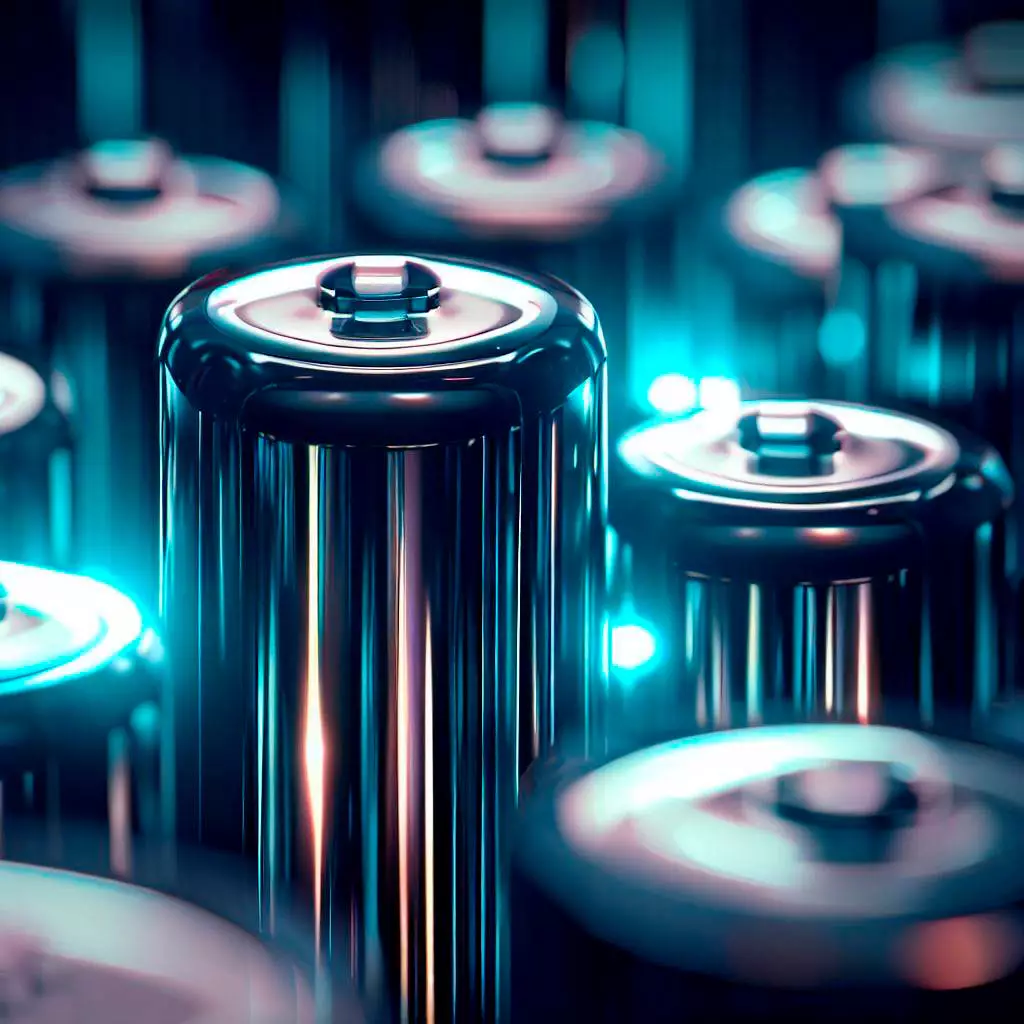
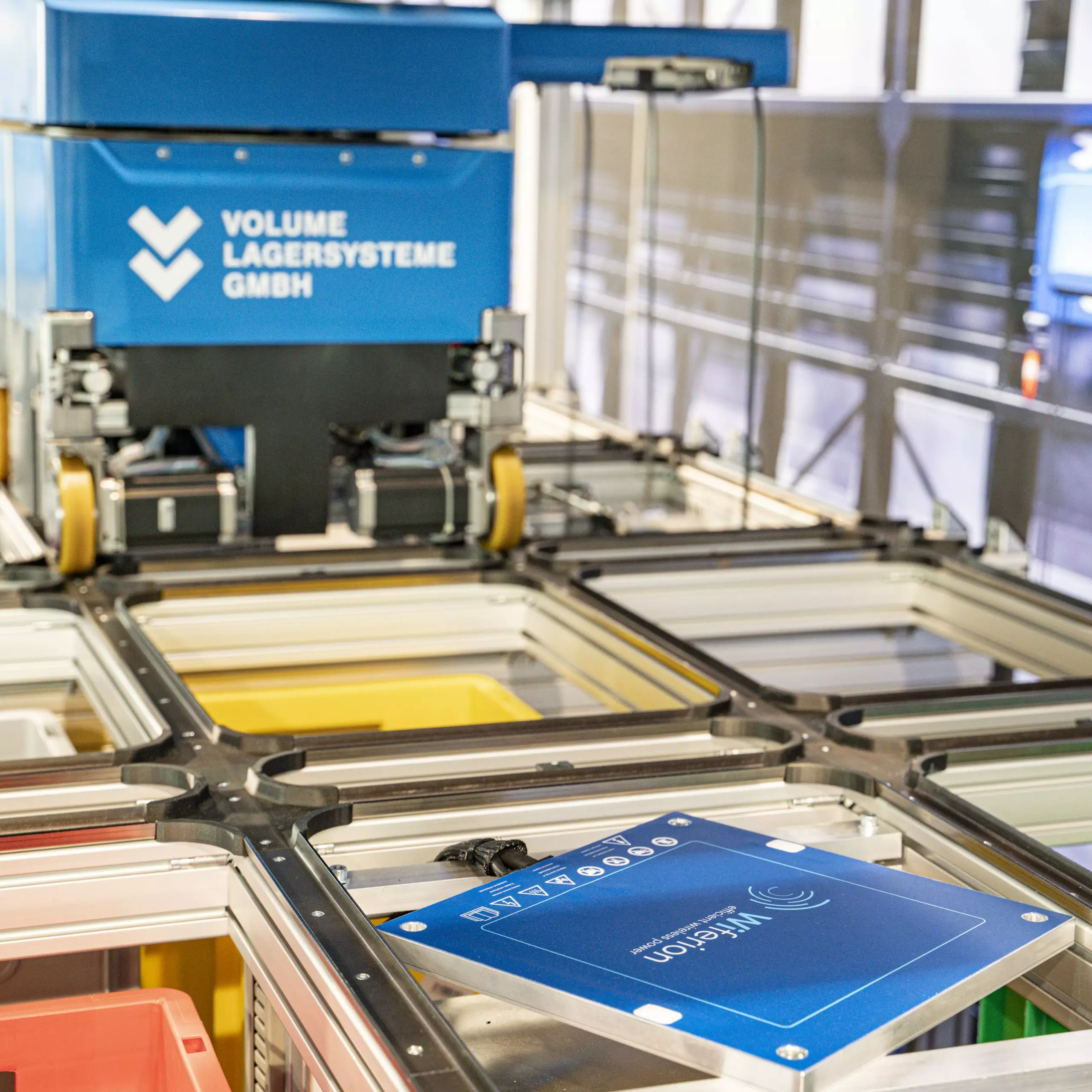
Why wireless charging is the best charging method for Supercapacitors
Convenience
Wireless charging offers unparalleled convenience when it comes to charging supercapacitors. There’s no need for cables, connectors, or precise alignment – simply placing the wireless charging pads near the stationary pad is enough to initiate the charging process. This not only simplifies the charging process but also removes the potential for wear and tear on connectors and contact surfaces.
Safety
Another advantage of wireless charging is its inherent safety. Since there are no exposed connectors or cables, the risk of electrical shocks, short circuits, or damage to the charging port is significantly reduced. This is particularly important in applications where supercapacitors are exposed to harsh environments or extreme temperatures, as the absence of physical connections minimizes the chance of damage or failure.
Efficiency
Wireless charging technology has come a long way in recent years, with advances in coil design and control circuitry leading to higher charging efficiency. Modern wireless charging systems can achieve efficiencies comparable and even exceeding wired charging, making them an excellent option for charging supercapacitors. Additionally, the elimination of connectors and cables reduces energy loss, further contributing to the overall efficiency of the charging process.
Conclusion: Best Charging Method for Supercapacitors
Charging supercapacitors is a critical aspect of their functionality and performance. By understanding the charging process, techniques, and factors that affect charging, you can ensure the efficient and safe operation of these versatile energy storage devices. As supercapacitors continue to grow in popularity, advancements in charging technology are sure to follow, further enhancing their capabilities and applications.
Overall, supercaps charging is a vital process in the operation of supercapacitors, and choosing the right charging method can significantly impact the performance and lifespan of the device.
Wireless charging is the best charging method for supercapacitors due to its convenience, safety, and efficiency. While wired and contact charging methods have their merits, they suffer from issues such as wear and tear, alignment challenges, and potential safety hazards. As wireless charging technology continues to advance, it is expected to play an increasingly important role in the charging of supercapacitors across various applications.
FAQ about Supercapacitors Charging
- What is the main advantage of supercapacitors over batteries?
The main advantage of supercapacitors is their ability to charge and discharge much faster than batteries, making them ideal for applications that require rapid energy storage and retrieval. - Can supercapacitors replace batteries in all applications?
While supercapacitors have many advantages, they cannot replace batteries in all applications due to their lower energy density. They are more suitable for applications requiring quick energy storage and release rather than long-term energy storage. - How long do supercapacitors last?
Supercapacitors have a longer lifespan than conventional batteries, with some devices capable of lasting up to 1 million charge-discharge cycles. However, their actual lifespan depends on various factors, such as operating conditions and usage patterns. - What are some common applications of supercapacitors?
Supercapacitors are used in a variety of applications, including electric vehicles, renewable energy systems, power backup systems, and consumer electronics, such as smartphones and laptops. - Can supercapacitors be charged with solar energy?
Yes, supercapacitors can be charged using solar energy, making them a suitable option for renewable energy storage systems. - What are the main differences between supercapacitors and traditional batteries?
Supercapacitors have a higher power density, faster charging and discharging capabilities, and a longer cycle life compared to traditional batteries. - Can wireless charging be used for all supercapacitor applications?
While wireless charging is suitable for many supercapacitor applications, its feasibility depends on factors such as charging requirements, space constraints, and the specific application. - How efficient is wireless charging compared to wired charging?
Modern wireless charging systems can achieve efficiencies comparable or even surpass to wired charging, thanks to advances in coil design, less resistance, and control circuitry. - Is wireless charging safe for the environment?
Yes, wireless charging is considered safe for the environment as it reduces the need for disposable cables and connectors, leading to less electronic waste.
